Training a Labrador Retriever to be obedient is both a rewarding and essential part of raising a well-behaved companion. Known for their intelligence and eagerness to please, Labradors are among the most trainable dog breeds. However, achieving consistent obedience requires patience, consistency, and a structured approach. The process involves building trust, establishing clear communication, and reinforcing positive behaviors through repetition and reward.
Before diving into specific training techniques, it’s important to understand the Labrador’s natural temperament. These dogs are highly social, energetic, and food-motivated, which makes them responsive to positive reinforcement methods. Harsh corrections or punitive measures can backfire, leading to anxiety or resistance. Instead, focus on creating a bond that encourages your Labrador to follow commands willingly. This foundation sets the stage for more advanced training as your dog matures.
Basic obedience training typically begins with simple commands like "sit," "stay," and "come." These foundational skills are not only practical but also help establish your role as the leader. When teaching "sit," for example, hold a treat close to your dog’s nose and slowly move it upward, guiding them into a seated position. The moment their bottom touches the ground, reward them with the treat and verbal praise. Repetition is key—practicing in short, frequent sessions ensures the behavior becomes ingrained.
Once your Labrador masters basic commands, you can gradually introduce more complex tasks. "Down" and "heel" are useful for controlling their movements, especially in public spaces. Since Labradors are strong and energetic, leash training is particularly important. Start in a low-distraction environment, rewarding them for walking beside you without pulling. Over time, increase the difficulty by practicing in busier areas where their focus may be tested.
Consistency is the cornerstone of effective training. Dogs thrive on routine, so using the same verbal cues and hand signals prevents confusion. If multiple family members are involved in training, ensure everyone follows the same rules. Mixed signals—like allowing the dog to jump on one person but scolding them for doing it to another—can undermine progress. Clear expectations help your Labrador understand what is and isn’t acceptable behavior.
Socialization plays a crucial role in shaping an obedient Labrador. Exposing your dog to different environments, people, and other animals from a young age helps prevent fear-based aggression or excessive excitability. A well-socialized dog is more likely to remain calm and responsive in unfamiliar situations. Regular visits to dog parks, busy streets, or even friend’s homes can reinforce positive interactions and build confidence.
Advanced training, such as off-leash reliability or specialized tasks, requires a deeper level of trust and discipline. Before attempting off-leash work, ensure your Labrador responds consistently to commands even with distractions. Using a long training lead can provide a safety net while allowing them more freedom. Gradually increase the distance between you and your dog, always reinforcing their return with high-value rewards. This step is critical for breeds like Labradors, who may be tempted to chase scents or small animals.
Training doesn’t end with mastering commands—it’s a lifelong commitment. Even well-trained dogs can develop bad habits if reinforcement stops. Incorporate obedience exercises into daily activities, such as having your Labrador wait before meals or sit before going outside. This not only reinforces good behavior but also keeps their mind engaged. Mental stimulation is just as important as physical exercise for this intelligent breed.
Challenges will inevitably arise during training. Some Labradors may struggle with distractions, while others might test boundaries during adolescence. If progress stalls, reassess your methods rather than becoming frustrated. Sometimes, adjusting the reward system—switching from treats to toys or praise—can reignite their motivation. Professional trainers can also provide guidance if you encounter persistent issues.
Ultimately, the goal of obedience training is to foster a strong, cooperative relationship between you and your Labrador. A well-trained dog is safer, happier, and more enjoyable to live with. The time and effort invested in training pay off in countless ways, from peaceful walks to harmonious family life. With patience and dedication, your Labrador will not only follow commands but also thrive as a loyal and well-mannered companion.
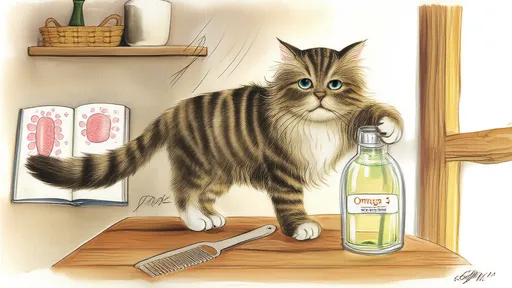
By /Jun 28, 2025
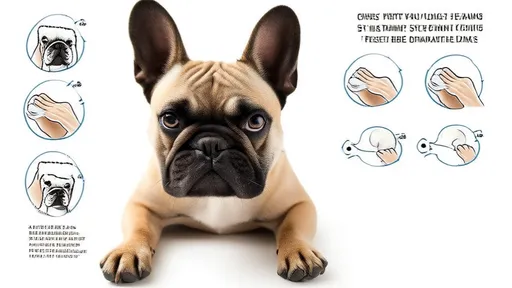
By /Jun 28, 2025
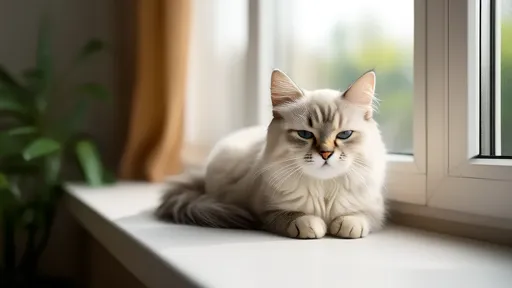
By /Jun 28, 2025
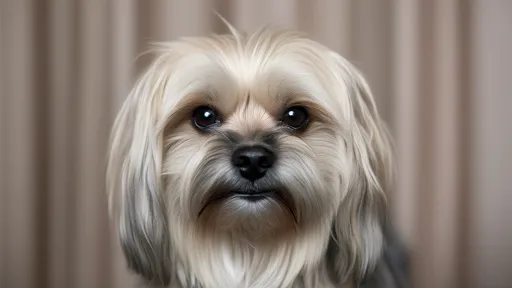
By /Jun 28, 2025
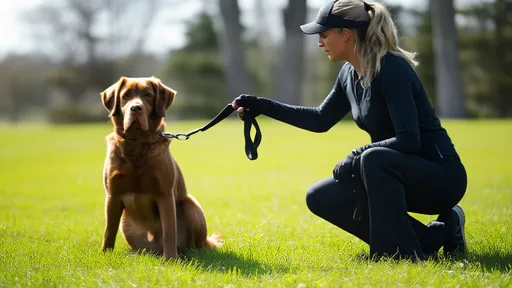
By /Jun 28, 2025
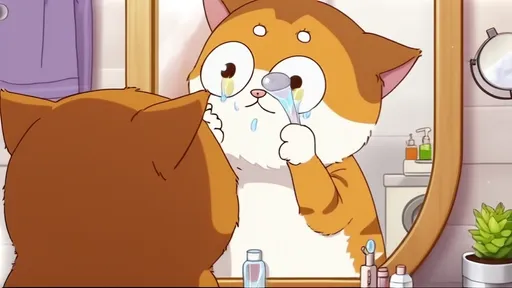
By /Jun 28, 2025
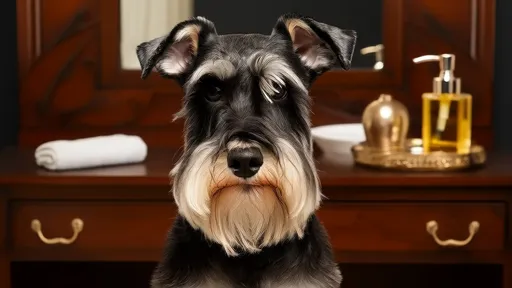
By /Jun 28, 2025
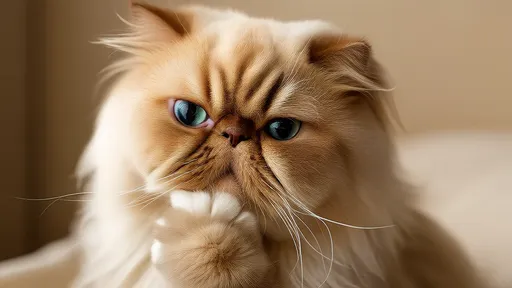
By /Jun 28, 2025
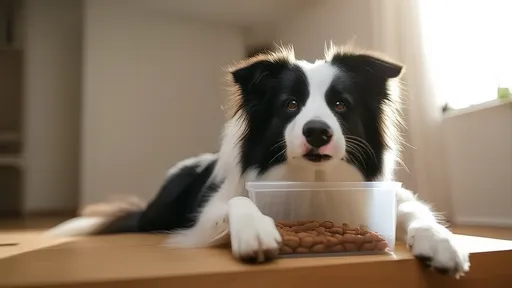
By /Jun 28, 2025

By /Jun 28, 2025
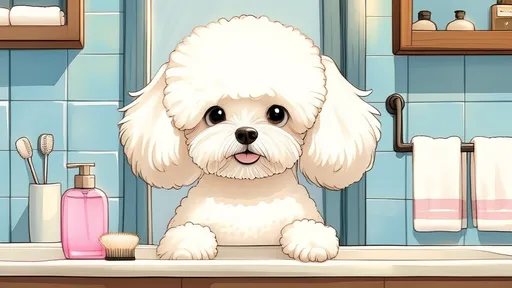
By /Jun 28, 2025
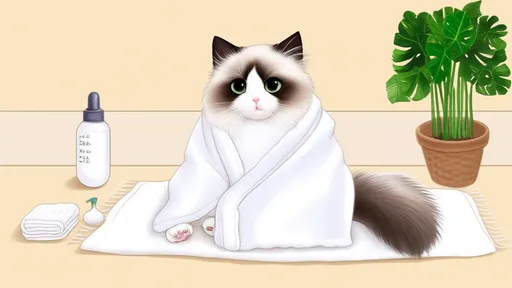
By /Jun 28, 2025
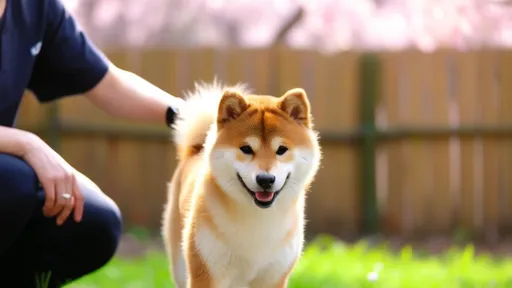
By /Jun 28, 2025
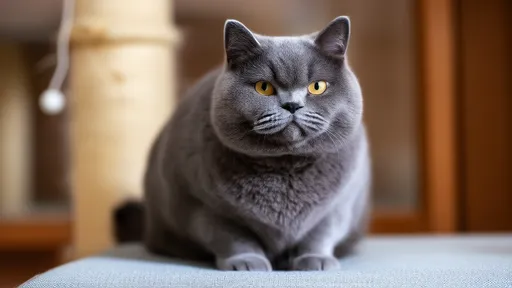
By /Jun 28, 2025
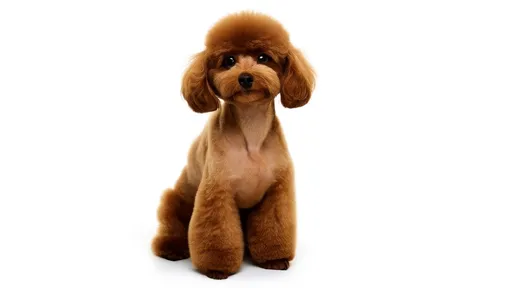
By /Jun 28, 2025
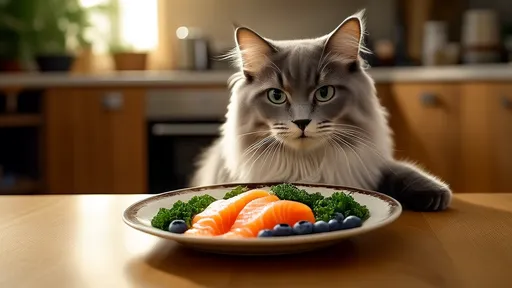
By /Jun 28, 2025
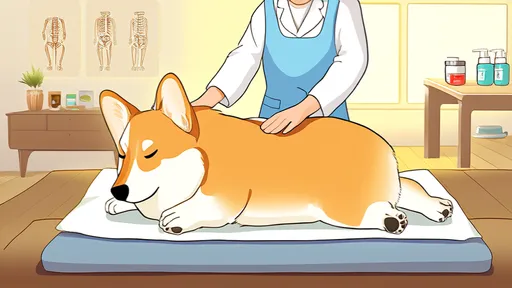
By /Jun 28, 2025
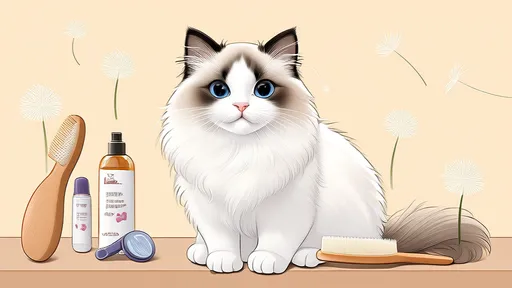
By /Jun 28, 2025